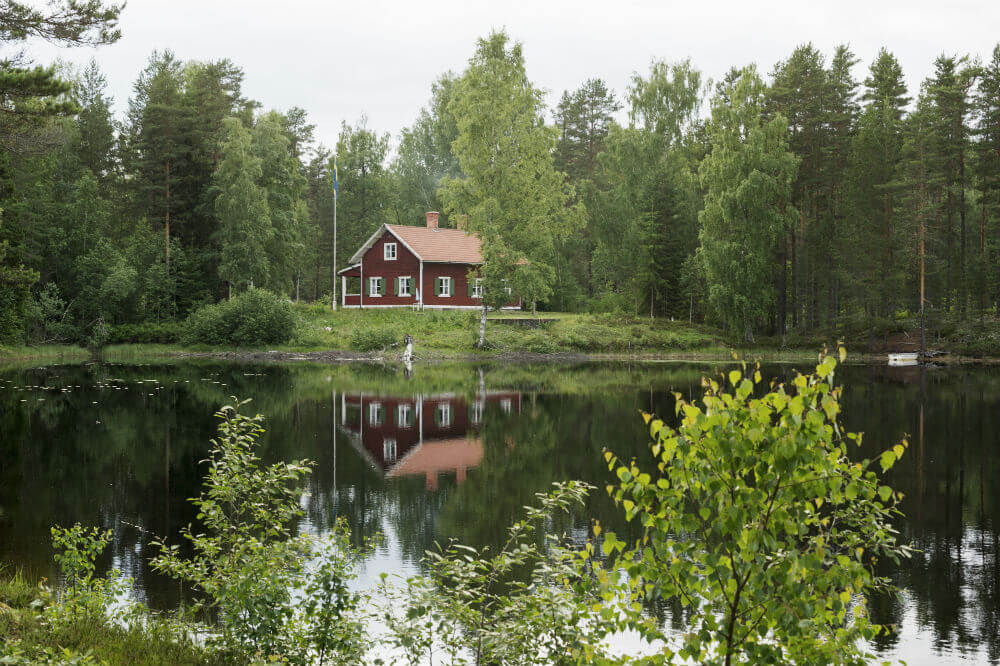How to lower capital gains tax owed
Profit from the sale of a secondary property triggers tax, but you may be able to avoid or reduce this tax debt
Advertisement
Profit from the sale of a secondary property triggers tax, but you may be able to avoid or reduce this tax debt

 Romana King is the senior editor and real estate specialist at MoneySense. She is also a licensed real estate sales agent. Follow her on Twitter (@RKHomeowner) or on Facebook.
If you have real estate concerns or questions, please email Romana directly at [email protected] or call her on her direct line at 416-764-1382.
Ask a Real Estate Expert: Ask our experts your property or real estate question »
Romana King is the senior editor and real estate specialist at MoneySense. She is also a licensed real estate sales agent. Follow her on Twitter (@RKHomeowner) or on Facebook.
If you have real estate concerns or questions, please email Romana directly at [email protected] or call her on her direct line at 416-764-1382.
Ask a Real Estate Expert: Ask our experts your property or real estate question »
Share this article Share on Facebook Share on Twitter Share on Linkedin Share on Reddit Share on Email